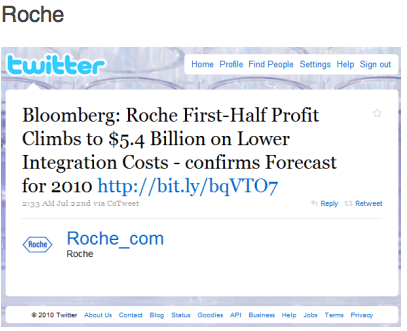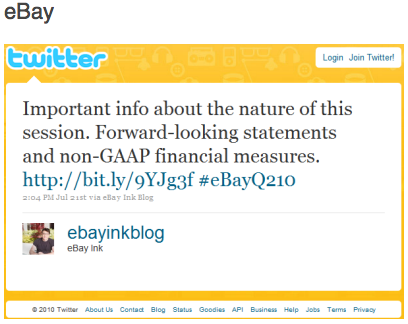
Along with a new wave of bed bug infestations in New York City has come a lot of reputation damage to local companies. The critters forced an Abercrombie & Fitch store to close up shop. A movie theater in Times Square had to hose down its seats to kill bedbugs living in its seats. And apparently even the mannequins in a Lexington Ave Victoria’s Secret were alluring enough to the little guys that the store had to be shut down.
It’s tough to gauge the exact bottom line impact, but such headaches are becoming increasingly common for stores — particularly now that the bedbug resurgence seems to be widespread and customers are growing increasingly creeped out.
And it is becoming increasingly clear that one major hurdle to eradicating the pests is that no one really knows that much about them, mostly because they don’t actually transmit disease and, thus, don’t pose the same health risks to humans that, says, ticks or lice do.
Bedbug research “has been very limited over the past several decades.”
Ask any expert why the bugs disappeared for 40 years, why they came roaring back in the late 1990s, even why they do not spread disease, and you hear one answer: “Good question.”
The article goes on to explain pretty much all the info that scientists do know for sure about bedbugs in just a few paragraphs.
The bugs are “nest parasites” that fed on bats and cave birds like swallows before man moved in.
That makes their disease-free status even more baffling.
(The bites itch, and can cause anaphylactic shock in rare cases, and dust containing feces and molted shells has triggered asthma attacks, but these are all allergic reactions, not disease.)
Bats are sources of rabies, Ebola, SARS and Nipah virus. And other biting bugs are disease carriers — mosquitoes for malaria and West Nile, ticks for Lyme and babesiosis, lice for typhus, fleas for plague, tsetse flies for sleeping sickness, kissing bugs for Chagas. Even nonbiting bugs like houseflies and cockroaches transmit disease by carrying bacteria on their feet or in their feces or vomit.
But bedbugs, despite the ick factor, are clean.
There is plenty of speculation about why they disappeared for around four decades (DDT perhaps) where they come from (foreign travelers, say pest control companies) and how to get rid of them (gun powder and even Zyklon B were tried in the old days), but there is very little concrete information to rely on.
So it seems that those companies that have been affected, particularly in these 15 most-infested cities, have nowhere to turn for help. And according to this article, the current remedies are not only unreliable — they are ungodly expensive.
The cost of treating a single hotel room is estimated at $6,000 to $7,000. The problem is even worse if a customer alerted the hotel to the problem: Given the danger of a bedbug stigma, hotels often go to extremes to ensure that customers are pleased with their attentiveness. According to an article in Bloomberg BusinessWeek, one Las Vegas hotel’s standard procedure for bedbug complaints is to move customers to new rooms, dry clean all their clothes, and replace their luggage with new, uninfested bags.
(See what I did there?)


 Back in May, the European Union’s environmental liability directive was officially put into place, exposing European risk managers to greater liabilities for environmental damage caused by companies that pollute as part of their normal business operations.
Back in May, the European Union’s environmental liability directive was officially put into place, exposing European risk managers to greater liabilities for environmental damage caused by companies that pollute as part of their normal business operations.

